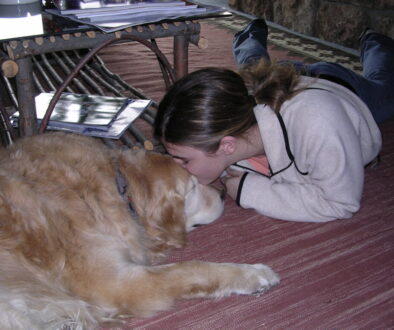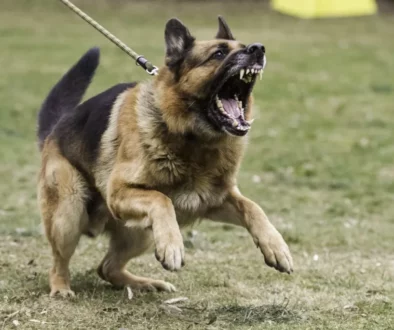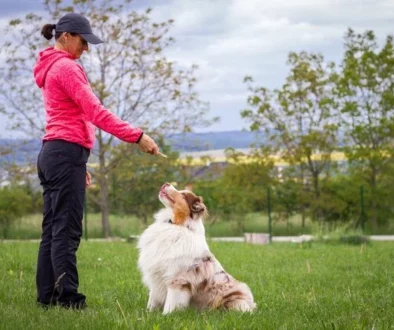Housebreaking 101: How to Potty Train Your Puppy
Housebreaking a puppy is an essential part of their early training. Successfully teaching your puppy to potty outside not only keeps your home clean but also fosters good habits for their overall behavior. In this comprehensive guide, we will delve into the various steps and techniques required to effectively housebreak your furry friend.
Potty training your puppy may seem like a daunting task, but with the right approach and consistent training, it can be accomplished successfully. By following proven methods and understanding your puppy’s needs, you can establish a routine that facilitates proper potty training.
Understanding Your Puppy’s Needs
Before commencing with housebreaking, it is crucial to consider your puppy’s age and breed. Younger puppies have a limited bladder capacity and may require more frequent potty breaks. Additionally, certain breeds may have specific potty training challenges that need to be addressed.
Establishing a routine is another key aspect of understanding your puppy’s needs. Dogs thrive on consistency, so creating a schedule for feeding, playtime, and potty breaks will help your puppy develop good habits and predictability.
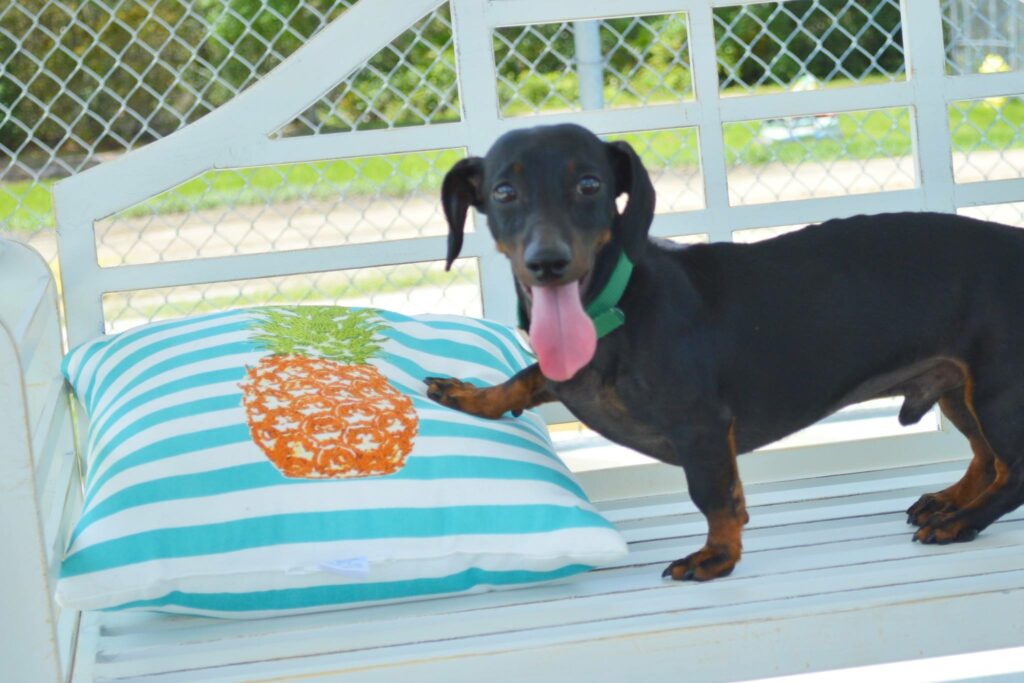
Creating a Designated Potty Area
Determining a designated potty area for your puppy is essential. Whether you choose an outdoor spot or an indoor alternative depends on your circumstances and living arrangements. Select a location that is easily accessible and consistent for your puppy’s potty needs.
If you opt for an outdoor potty area, ensure it is safe and free from potential hazards. Be mindful of the weather conditions, particularly during extreme temperatures or inclement weather. Indoor potty options like pee pads or litter boxes can be effective alternatives for those living in apartments or with limited outdoor access.
Positive Reinforcement Techniques
Positive reinforcement is the key to successful potty training. Reward your puppy with treats, verbal praise, and affection every time they successfully eliminate in the designated area. This positive association will motivate your puppy to repeat the desired behavior.
Consistency is crucial when using positive reinforcement techniques. Create a consistent signal or cue to indicate potty time, such as a specific word or phrase. This will help your puppy understand what is expected of them.
Consistency and Patience
Potty training takes time and patience. It is essential to stick to a consistent schedule, taking your puppy outside or to their designated potty area at regular intervals throughout the day. Avoid punishing or scolding your puppy for accidents, as this can lead to fear and confusion.
Stay patient and understanding during the training process. Remember that accidents may happen, particularly during the initial stages of housebreaking. Instead of getting frustrated, focus on reinforcing positive behavior and providing ample opportunities for your puppy to succeed.
Supervision and Confinement
Keeping a close eye on your puppy is crucial during the housebreaking process. Consider using a crate or confinement method when you cannot actively monitor them. This ensures your puppy does not have unrestricted access to the house, minimizing the chances of accidents.
When using a crate, ensure it is the appropriate size for your puppy and provides a safe and comfortable environment. Gradually increase the amount of time your puppy spends in the crate, rewarding them for staying calm and not eliminating inside.
Accidents Happen: Cleaning and Prevention
Despite your best efforts, accidents may occur during the housebreaking process. It is important to clean up accidents promptly and thoroughly to prevent your puppy from revisiting the same spot. Use enzymatic cleaning products specifically designed to eliminate odor and residue.
Preventing future accidents involves understanding your puppy’s behavior and anticipating their needs. Keep a close eye on signs such as sniffing, circling, or restlessness, which may indicate that your puppy needs to go outside. Promptly take them to their designated potty area whenever you notice these signals.
Socialization and Training Aids
Incorporating socialization and training aids can greatly assist in the housebreaking process. Enroll your puppy in puppy classes or set up playdates with other dogs to help them become comfortable around unfamiliar environments and distractions. Interacting with other dogs can also reinforce appropriate potty behavior.
Training aids like puppy training pads or artificial grass patches can be useful transitional tools, particularly for those who live in high-rise buildings or have limited outdoor access. Gradually decrease the use of these aids as your puppy becomes more accustomed to pottying in the designated area.
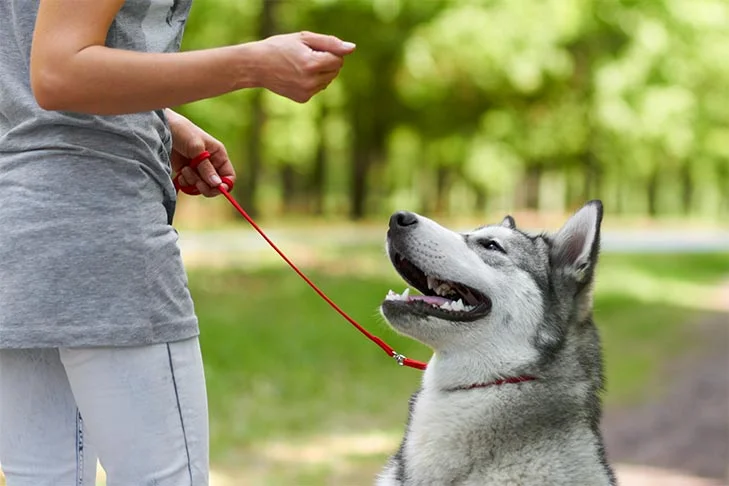
Dealing with Setbacks and Regression
Setbacks and regression are common during the housebreaking journey. If your puppy starts having accidents again or seems to be struggling with the training, it is essential to identify the root cause. Stress, changes in routine, or medical issues may be contributing factors.
Revert back to previous training methods if needed and reinforce positive behavior. Be patient and understanding while addressing setbacks, ensuring that you provide ample support and encouragement for your puppy to succeed.
Progress and Milestones
As your puppy becomes more proficient in potty training, it is important to celebrate their successes. Gradually increase their freedom within the house, giving them access to additional areas as they demonstrate reliable potty habits. However, maintain supervision until you are confident in their consistent behavior.
Remember, progress may be gradual, and milestones may vary from puppy to puppy. Each accomplishment, no matter how small, should be acknowledged and rewarded, further reinforcing positive behavior.
Introducing Outdoor Potty Training
Transitioning from indoor to outdoor potty training is a pivotal step in the housebreaking process. Gradually take your puppy outside to designated potty spots, using the same cues and rewards they are familiar with. Be patient and consistent during this transition, as it may take time for your puppy to associate the outdoor environment with pottying.
Supervise your puppy during outdoor potty breaks, providing guidance and reinforcement when needed. Over time, your puppy will learn to associate the outdoors with pottying, making it easier for them to adapt to different environments.
Traveling and New Environments
Maintaining potty training while on the go or in unfamiliar spaces can be a challenge. Prepare your puppy for travel by introducing them to different environments and gradually exposing them to new surroundings. Bringing familiar items such as bedding or toys can provide a sense of comfort and familiarity.
Plan frequent potty breaks during travel and ensure your puppy has access to their designated potty area wherever you go. Consistency and patience remain crucial when dealing with new environments, as it may take time for your puppy to adjust and feel comfortable enough to eliminate in unfamiliar spaces.
Common Challenges and Solutions
Marking behavior, territory issues, and submissive or excited urination are common challenges that may arise during the housebreaking process. Understanding the underlying causes and addressing them promptly is essential.
Consulting with a professional dog trainer or behaviorist can provide valuable insight and guidance in resolving these challenges. Implementing consistent training techniques and positive reinforcement can help alleviate these behaviors, ensuring a successful potty training experience.
Understanding Your Puppy’s Signals
Developing the ability to recognize your puppy’s signals is crucial for effective potty training. Learn to identify signs that indicate your puppy needs to go outside, such as restlessness, whining, or scratching at doors. Promptly respond to these signals by taking your puppy to their designated potty area.
Open communication and responsiveness are key factors in successful potty training. As you become more attuned to your puppy’s needs and signals, you can adapt and tailor your training methods accordingly.
Conclusion: Housebreaking
Housebreaking your puppy requires patience, consistency, and positive reinforcement techniques. By following the guidelines outlined in this article, you can successfully teach your puppy to potty in the appropriate areas, promoting cleanliness and good habits. Remember to stay persistent, show understanding, and celebrate small victories along the way.
Also Read:
Pet Care Tips for Cats for Beginners
Pet Care Tips for Dogs for Beginners
